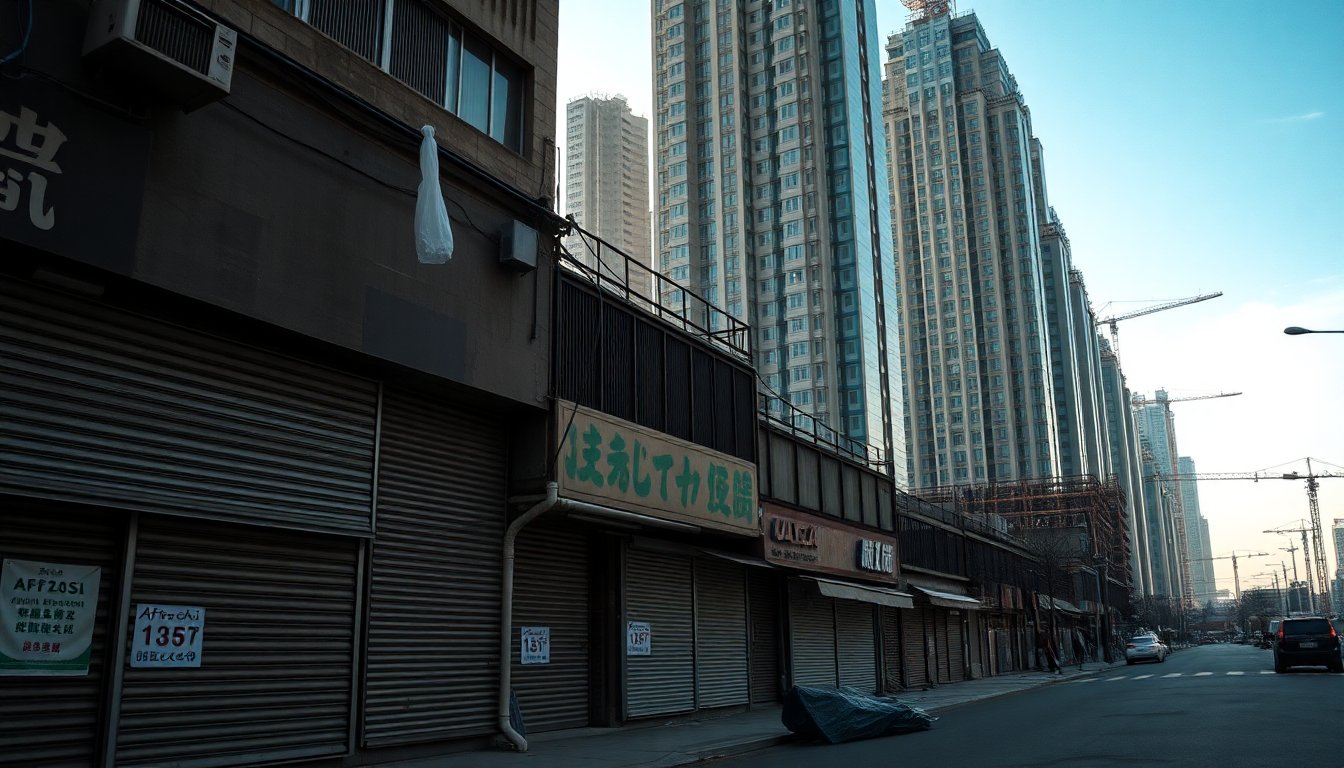Table of Contents
“`html
The economic landscape in China is currently witnessing a troubling trend, marked by a significant decrease in investments. This decline represents one of the worst downturns in recent times, as the nation grapples with a multitude of challenges that have contributed to a broader economic slowdown. Furthermore, the effects are palpable in the retail sector, where growth has slowed considerably, resulting in the longest period of reduced sales in recent memory.
Investment Decline: A Disturbing Trend
Recent data indicates that investment levels in China have reached a critical low, raising alarms among economists and business leaders alike. The decline is reflective of broader economic uncertainties, including global market shifts, domestic challenges, and changing consumer behaviors. As companies tread cautiously in their financial commitments, the ripple effects are felt across various sectors.
Factors Contributing to the Decline
A myriad of factors has contributed to this downturn. First, the lingering impacts of the COVID-19 pandemic have reshaped consumer confidence and spending habits. Many consumers remain hesitant to make significant purchases, leading to a contraction in retail activity. Additionally, the uncertainties surrounding international trade relations have deterred foreign investments in China, further exacerbating the situation.
Moreover, structural issues within the Chinese economy, such as high levels of debt among local governments and real estate firms, are causing investors to reconsider their strategies. The tightening of credit conditions has also hindered the ability of companies to secure financing for expansion and innovation.
Retail Sales Slowdown: A Sign of Economic Woes
The slowdown in retail sales is another telling indicator of China’s economic health. Recent reports reveal that retail growth has been on a downward trajectory for an extended period, marking the longest stretch of decelerating sales in recent memory. This trend raises questions about consumer sentiment and the overall vitality of the economy.
Impact on Consumers and Businesses
As retail sales falter, businesses are compelled to adjust their strategies. Many retailers are experiencing reduced foot traffic and lower sales volumes, prompting them to rethink pricing strategies and marketing approaches. Consumer confidence plays a pivotal role here; when individuals feel uncertain about their financial future, they are less likely to spend, which creates a feedback loop that further depresses sales.
Additionally, the slow growth in retail sales can lead to broader economic implications, including job losses and reduced economic activity. If consumers are not spending, businesses may be forced to cut back on hiring or even consider layoffs, which can exacerbate the economic downturn.
Future Outlook: What Lies Ahead for China?
Looking forward, the outlook for China’s economy remains uncertain. While government officials have implemented various policies aimed at stimulating growth, the effectiveness of these measures is yet to be seen. Analysts are closely monitoring key economic indicators, including investment trends and consumer spending, to gauge the potential for recovery.
Furthermore, the global economic environment will play a crucial role in China’s economic trajectory. As countries around the world navigate their own challenges, changes in demand for Chinese goods and services could significantly impact the nation’s economic recovery. The interconnectedness of global markets means that China cannot operate in isolation; therefore, international relationships will be pivotal in shaping its economic future.
In conclusion, China is currently facing a challenging economic landscape characterized by a notable decline in investments and a slowdown in retail sales. The implications of these trends extend beyond immediate financial metrics, potentially affecting the livelihoods of millions and the overall economic stability of the country. Stakeholders will need to remain vigilant and adaptable in the face of these ongoing challenges.
“`


